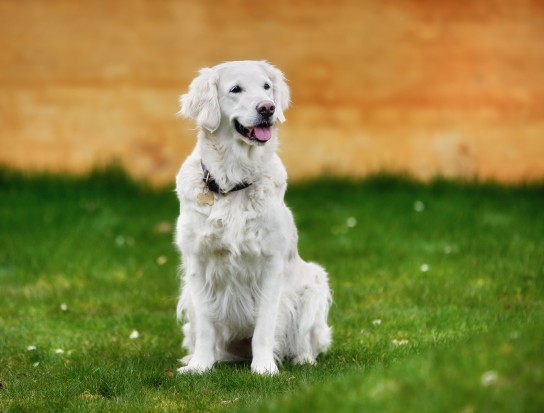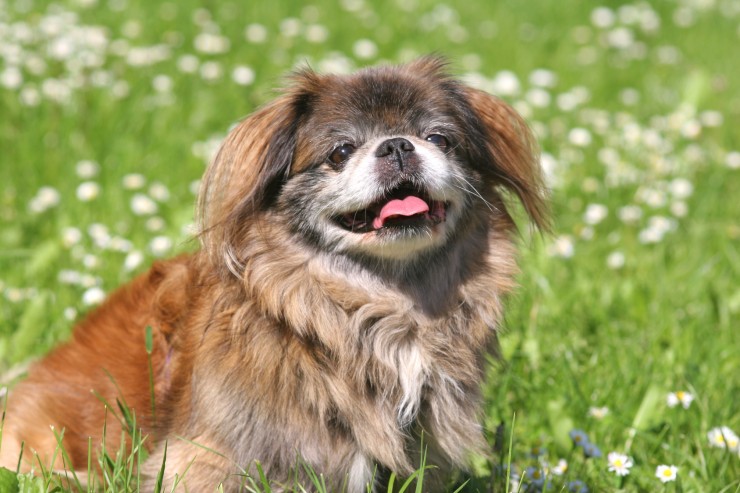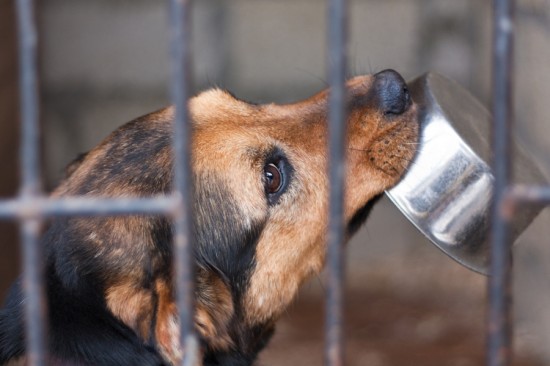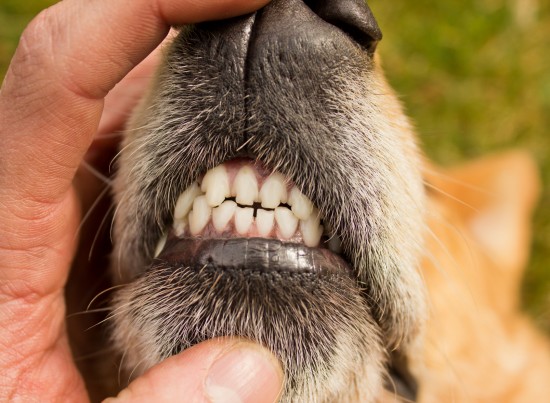
Sometimes training a dog can be difficult. Some people run into problems while they are training their dogs and can抰 figure out what the problem is. This article gives nine dog training tips that have been used by experts over the years whenever they run into a dog that is difficult to train.
Dog training really boils down to influencing your dog抯 behavior. Reward your dog for doing the behaviors you want to increase such as sit, down, stay, walk and come, and punish and or manage behaviors you want to decrease such as jumping, barking, stealing, digging and biting. Some dogs seem to be easier to train than others. If your dog does not seem to be responding to your training program, try applying some or all of the nine tips outlined in this article. Tip #1: Make a commitment ?Make a commitment to spend at least ten minutes every day training your dog. Some dogs don抰 get trained because the training program is composed of fits and starts. A few minutes of training on Monday, nothing until Thursday, and then maybe a few minutes on Saturday. That type of training schedule will make it difficult for the dog to learn. Tip #2: Follow basic management principles ?A big part of dog training is managing your dog抯 behavior. We need to understand and apply basic management skills. Dogs do a lot of their bad behavior when we are not around. Chewing, housetraining, and destructive behaviors tend to happen when we are not home. It is a good idea to use a crate. Crates are excellent management tools. They allow you to leave your dog alone without the opportunity to get into trouble. Tip #3: Don抰 free feed ?Food can be used as a very strong motivator. If your dog is allowed to eat whenever it feels like it, it will be difficult to use the food to reinforce behavior. Food can also be used to establish leadership which will be discussed later on in this article. Tip #4: High powered rewards ?Dogs have different tastes just like we do. I have worked with dogs that didn抰 like hot dogs. It抯 rare but it has happened. If you are trying to train your dog using rewards that he doesn抰 like, it will be difficult to get your dog motivated. Experiment with some different types of treats to find which ones really get your dog excited. Tip #5: Get your dog抯 attention ?Spend some time teaching your dog to look at you when you give a command. Most dogs fail to perform a command because they were not paying attention to the owner. Always make sure that you have your dog抯 attention before you give the command. Tip #6: Establish leadership ?Dogs are pack animals that respond to a social structure. If we really want our dogs to respond to our training we need to establish leadership. The better you are at being the leader the better your dog will respond to you. If your dog does not view you as the pack leader why would your dog respond to your commands? Establish leadership and your dog will listen to you much better. Tip 7: Exercise ?Dogs are active animals. Many of them were bred work long hours in the field. Most dogs do not perform the tasks that they were bred for in every day life. I have a German Shepherd and a Shetland Sheepdog, both herding dogs. They have never had to herd sheep or any other type of livestock. I have had to make sure that they get exercise in other ways such as retrieving games, tug games, hiking, and swimming. I learned long ago that the only good dog is a tired dog, and that when your dog is properly exercised it is easier for you to live with your dog and it is easier for your dog to live with you. Tip 8: Timing ?Timing is crucial when you are training your dog. You have to communicate to your dog what you want her to do and what you don抰 want her to do. This requires excellent timing. By punishing your dog long after the behavior has occurred, you are only going to confuse your dog. Likewise, rewarding your dog five to ten seconds after the behavior has occurred is not effective either. Tip 9: Understand consequences ?Whatever it is that you are trying to teach your dog has to have a consequence. If you are teaching your dog a behavior that you want to happen over and over again, start to reward the behavior. If you want to decrease a behavior then you need to apply a negative consequence. You need to apply the type of consequence for the behavior. Conclusion ?By following these steps you will start to get the training results that you are looking for. It is also important to remember that you can train your dog. I hand out the following quote from W. Clement Stone at the beginning of all my classes: 揑f you think you can or if you think you can抰 your right.?
 Prostate Inflammation And Associated Problems In The Dog
Prostate Inflamma
Prostate Inflammation And Associated Problems In The Dog
Prostate Inflamma
 Canine Asthma - Six Common Triggers
Canine Asthma - S
Canine Asthma - Six Common Triggers
Canine Asthma - S
 How Safe Are The Treats You Offer Your Pet?
How Safe Are The
How Safe Are The Treats You Offer Your Pet?
How Safe Are The
 Guidance For Potential Adopters Of A Rescue Dog
Guidance For Pote
Guidance For Potential Adopters Of A Rescue Dog
Guidance For Pote
 Some Home Dental Care Tips & Tricks For Dogs
Some Home Dental
Some Home Dental Care Tips & Tricks For Dogs
Some Home Dental
Copyright © 2005-2016 Pet Information All Rights Reserved
Contact us: www162date@outlook.com